- Burst of hydration with non-sticky feel
- Maintains skin’s natural glow. Skin feels soft & smooth
Myths and Misconceptions About Hydrating Serums
Many skincare products are surrounded by myths, which can mislead users. A common misconception is that more product leads to faster results. In reality, applying excessive amounts does not enhance effectiveness and can even cause irritation. Another myth is that hydrating serums are only for dry skin. In truth, all skin types need hydration to maintain barrier function, elasticity, and overall health.
Some people also believe that these products can replace moisturizers entirely. While they provide deep hydration, a proper moisturizer is still necessary to lock in moisture and prevent water loss. Understanding the science behind these formulations helps users make informed choices and achieve the best results.
Tips for Storage and Shelf Life
Proper storage is essential for maintaining the effectiveness of any skincare formulation. Store products in a cool, dry place, away from direct sunlight and heat, as exposure can degrade active ingredients. Air-tight containers help prevent oxidation and contamination.
Checking expiration dates and discarding products that change in color, smell, or consistency is crucial. Following these storage practices ensures that the formulation retains its potency and delivers maximum benefits over time.
Integrating Serums into Morning and Night Routines
A well-structured skincare routine maximizes results. In the morning, applying a lightweight hydrating serum after cleansing can prepare the skin for sunscreen and makeup. This helps maintain moisture throughout the day and enhances the effectiveness of protective products.
At night, hydrating treatments can be layered with other actives like retinol or exfoliating acids. This approach not only locks in hydration but also supports the skin’s natural repair processes during sleep. Consistency and correct sequencing are key to achieving healthy, radiant skin.
Expert Advice for Maximizing Benefits
Dermatologists and skincare experts emphasize that hydration is fundamental for healthy skin. Combining serums with complementary products like moisturizers, antioxidants, and sun protection enhances results. Experts also recommend using gentle massaging techniques to improve absorption and stimulate circulation.
Patch testing new products is important to avoid irritation or allergic reactions. Consulting a professional can help tailor a routine to specific skin concerns, ensuring optimal results and preventing unnecessary trial and error.
Lifestyle Factors That Support Skincare
Healthy skin is not only a result of topical treatments. Adequate water intake, a balanced diet rich in vitamins and antioxidants, and regular exercise all contribute to skin health. Reducing stress, getting sufficient sleep, and avoiding smoking or excessive alcohol intake further enhance the skin’s appearance and resilience.
Integrating these lifestyle habits with consistent skincare practices ensures long-lasting hydration, elasticity, and a youthful glow. The synergy between internal health and external care is essential for maintaining optimal skin condition.
Common Mistakes to Avoid
Even the best products can be ineffective if used incorrectly. Common mistakes include skipping sunscreen, over-exfoliating, layering incompatible ingredients, or neglecting consistency. Understanding how to incorporate treatments properly, allowing time for absorption, and following professional guidance helps avoid setbacks.
Regular evaluation of skin needs is also important, as changes in season, environment, or lifestyle can alter hydration requirements. Adjusting routines accordingly ensures continued benefits and prevents potential issues such as dryness, irritation, or breakouts.

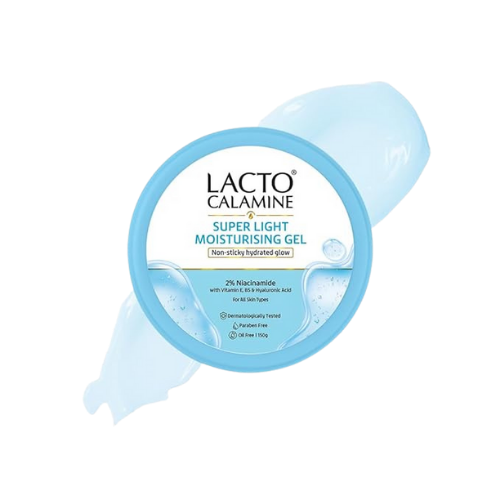
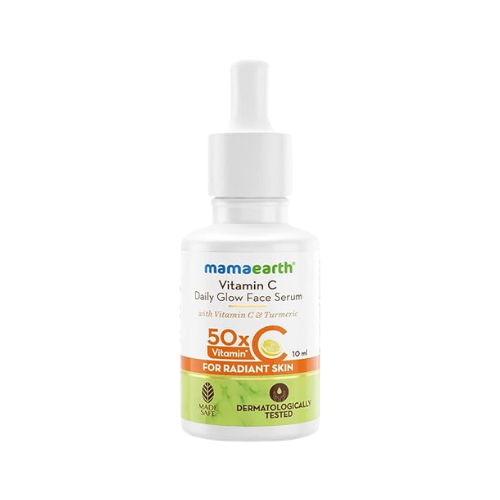
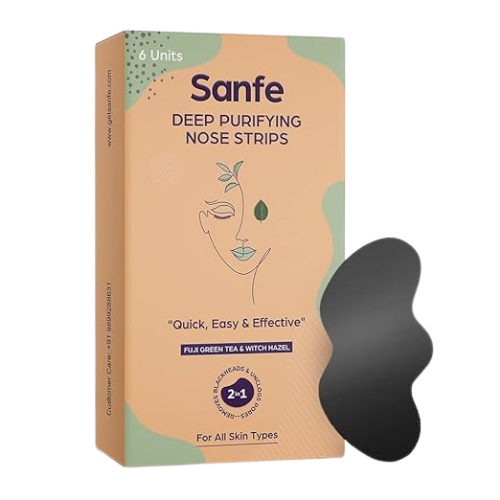
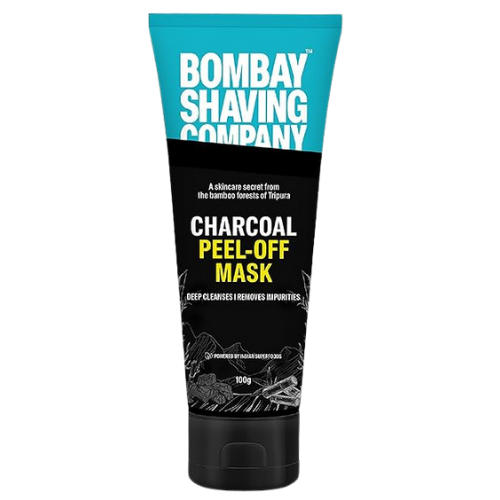
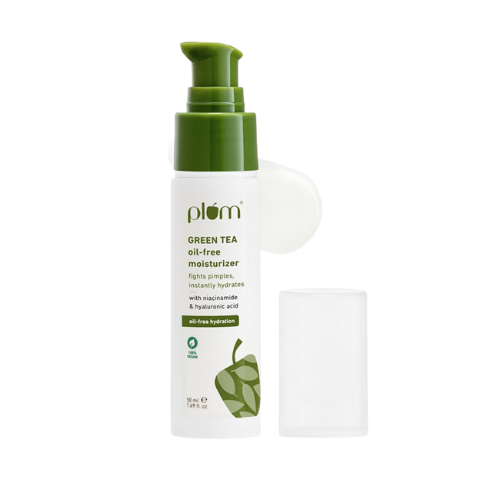
Reviews
There are no reviews yet.